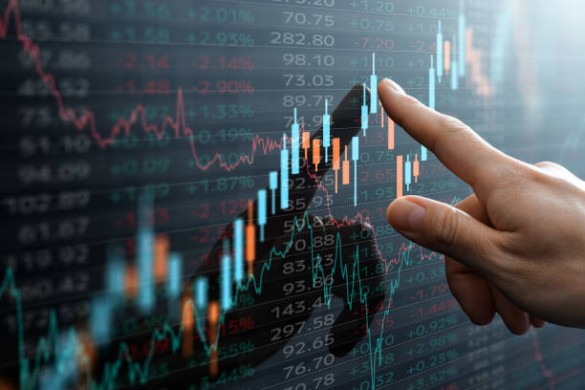One of the most devilish conundrums faced by traders is what to do when an instrument they are following gives a valid signal but this signal is either at an all-time high or low. Such a situation has recently occurred with wheat, which according to my system gave a valid sell signal as it moved to a new low.

Another example of this is the GBPUSD daily chart for November 2015 to February 2016. It can be seen that within the stipulated period, the pair dropped 1500 pips, while rallies along the way offered short-selling opportunities. Now, when everything looked oversold at the end of February 2016, and you trading system gave you a valid “sell” signal, would you sell? Or would you simply go against the trend or buy?
The rues that govern trading often run counter to the rules that seem to govern the rest of society – in our daily lives we seem to have a built in barometer of what we think things are worth. This barometer is generally correct in our daily lives. For example, we know that if on Wednesday we walk into our local baker and the price of a loaf of bread has risen from $5.00 to $15.00 that we are being ripped off. Our value scale in this instance has worked. Similarly, if we walk into a car yard and see a car advertised for a fraction of its value we know that something strange is going on and all sorts of alarm bells go off.
Yet, in trading this inbuilt sense of the economics of life is useless. Granted, there are people who think they know what something is worth and they generate all manner of models and hyperbole to justify this judgment. They make the mistake of believing that the market is somehow listening to their internal narrative. These are the sort of people who are convinced that oil is worth $100 a barrel and that the market is just wrong. The only value in trading that is true and correct at all times is the value given to something by the market. You will often hear statements along the lines that the market is incorrect in its assessment of the value of something. As a basic principle the market can never be wrong – if we assume that the market is a synthesis of all opinions and knowledge then the price and trend it sets for an instrument is correct and anything else is simply tilting at windmills.
As a basic rule we have no idea how high or how low prices will go.
Author: Chris Tate
Article reproduced with kind permission of www.tradinggame.com.au. For more helpful articles, trading products and services, and to pick up a free 5-part e-course, please visit: http://tradinggame.com.au
NB: www.tallinex.com wants you to make money from the markets.
What Super Traders Don’t Want You To Know: Super Traders


 Hot Features
Hot Features













